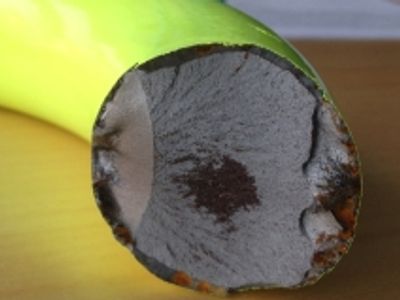The course is based on theory and observations on the onset of fatigue. The focus is on engineering methods for assessing the fatigue risk and compuation of expected life, including the impact of the environment.
The course contains:
- Stress and strain based methods for design against fatigue at uniaxial loadings with regards to both finite life and fatigue limit.
- Design with damage accumulation at loads with variable amplitude.
- Criteria for design agains multiaxial loadings where the multiaxial loads can be proportional or non-proportional.
- Statistical methods to determine the risk of failure of a component.
- Linear fracture mechanics to determine the crack growth rates and predict the expected life of a component.
- Phenomenological identification of fatigue as the cause of failure.
- Different mechanisms for the origin of fatigue.
- Different mechanisms for environmental failures.
- Methods to include environmental effects on fatigue strength.
- Application specific forms of fatigue.
- Fatigue in different types of materials.
- Computer tools and a fatigue database for fatigue evaluation.
